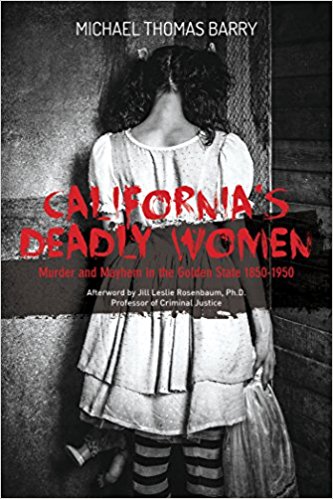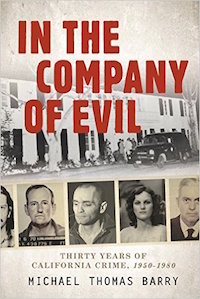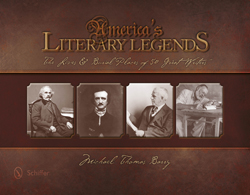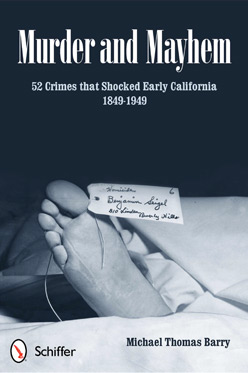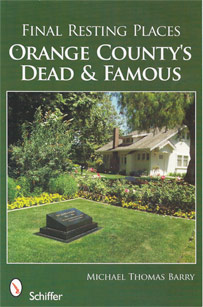05.04
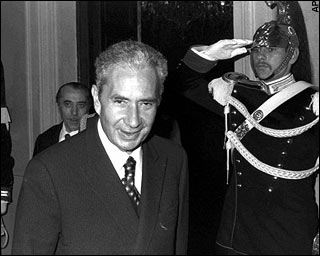
This week (May 4-10) in crime history – The Haymarket Riot (May 4, 1886); The remains of navy veteran William McGuire were found in a suit case near Virginia Beach (May 5, 2004); Ohio kidnap victims were rescued from the home of Ariel Castro (May 6, 2013); Old West hangman George Maledon died (May 6, 1911); Serial killer H.H. Holmes was executed (May 7, 1896); Edward Munch’s “The Scream” was recovered after it was stolen in Oslo (May 7, 1994): Stella Nickell was convicted of murdering her husband by tampering with capsules of Excedrin (May 8, 1988); Andrew Cunanan continued his cross country killing spree (May 9, 1997); Former Italian Prime Minister Aldo Moro was assassinated (May 9, 1978); Captain Blood stole the crown jewels (May 9, 1671); J. Edgar Hoover was named acting director of the Bureau of Investigation (May 10, 1924)
Highlighted Crime Story of the Week –
On May 9, 1978, the body of former Italian Prime Minister Aldo Moro was found, riddled by bullets, in the back of a car in the center of historic Rome. He was kidnapped by Red Brigade terrorists on March 16 after a bloody shoot-out near his suburban home. The Italian government refused to negotiate with the extreme left-wing group. Moro was a five-time prime minister of Italy and considered a front-runner for the presidency of Italy in elections due in December.
Aldo Moro was regarded by many as Italy’s most capable post-World War II politician. A centrist leader of the Christian Democratic Party and promoted cooperation between Italy’s disparate political parties. When he formed his first cabinet in 1963, he included some Socialists, who were thus participating in the Italian government for the first time in 16 years. Moro last served as prime minister in 1976, and in October 1976 became president of the Christian Democrats.
On March 11, 1978, he helped end a government crisis when he worked out a parliamentary coalition between the Communist Party and the dominant Christian Democrats. Just five days later, Mr. Moro’s car was attacked by a dozen armed Red Brigade terrorists. His five guards were killed, and Moro was abducted and taken to a secret location. On March 18, the Red Brigade issued a communique claiming responsibility for the kidnapping.
The Red Brigade, established in 1970 by Renato Curcio, employed bombings, assassinations, kidnappings, and bank robberies as a means of promoting communist revolution in Italy. The Italian Communist Party, which supported democracy and participated in Parliament, condemned the terrorist organization. Curcio and 12 other Red Brigade members were on trial in Turin when Moro was kidnapped, and legal proceedings were only briefly halted after his abduction.
The Italian government declined to negotiate with the kidnappers, claiming that such an action would undermine the state and throw Italy into chaos. Some critics accused the Christian Democrats of yielding to pressure from the Communist Party, whose leaders were even more strongly opposed to a dialogue with the Red Brigade. Police and the army arrested hundreds of suspected terrorists.
On March 19 and April 4, letters apparently written by Moro were delivered pleading with the government to negotiate. The government attempted secret talks, but on April 15 the Red Brigade rejected these negotiations and announced that Moro had been found guilty in the people’s trial and sentenced to death. Threats to execute him led nowhere, and on April 24 the terrorists demanded the release of 13 Red Brigade members held in Turin in exchange for Moro’s life. On May 9, his body was found on Via Caetani, near the headquarters of the Christian Democrats and Communist Party. According to a wish expressed by Moro during his abduction, no Italian politicians were invited to his funeral. During the next decade, many Red Brigade leaders and members were arrested, and the organization was greatly weakened.
Check back every Monday for a new installment of “This Week in Crime History.”
Michael Thomas Barry is a columnist for www.crimemagazine.com and is the author of six nonfiction books that includes the award winning Murder and Mayhem 52 Crimes that Shocked Early California, 1849-1949.

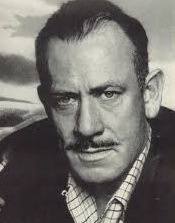

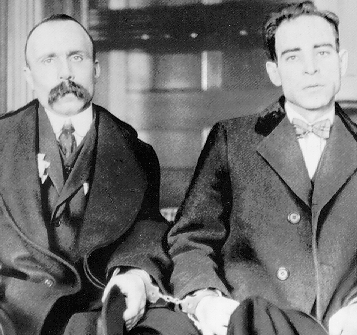
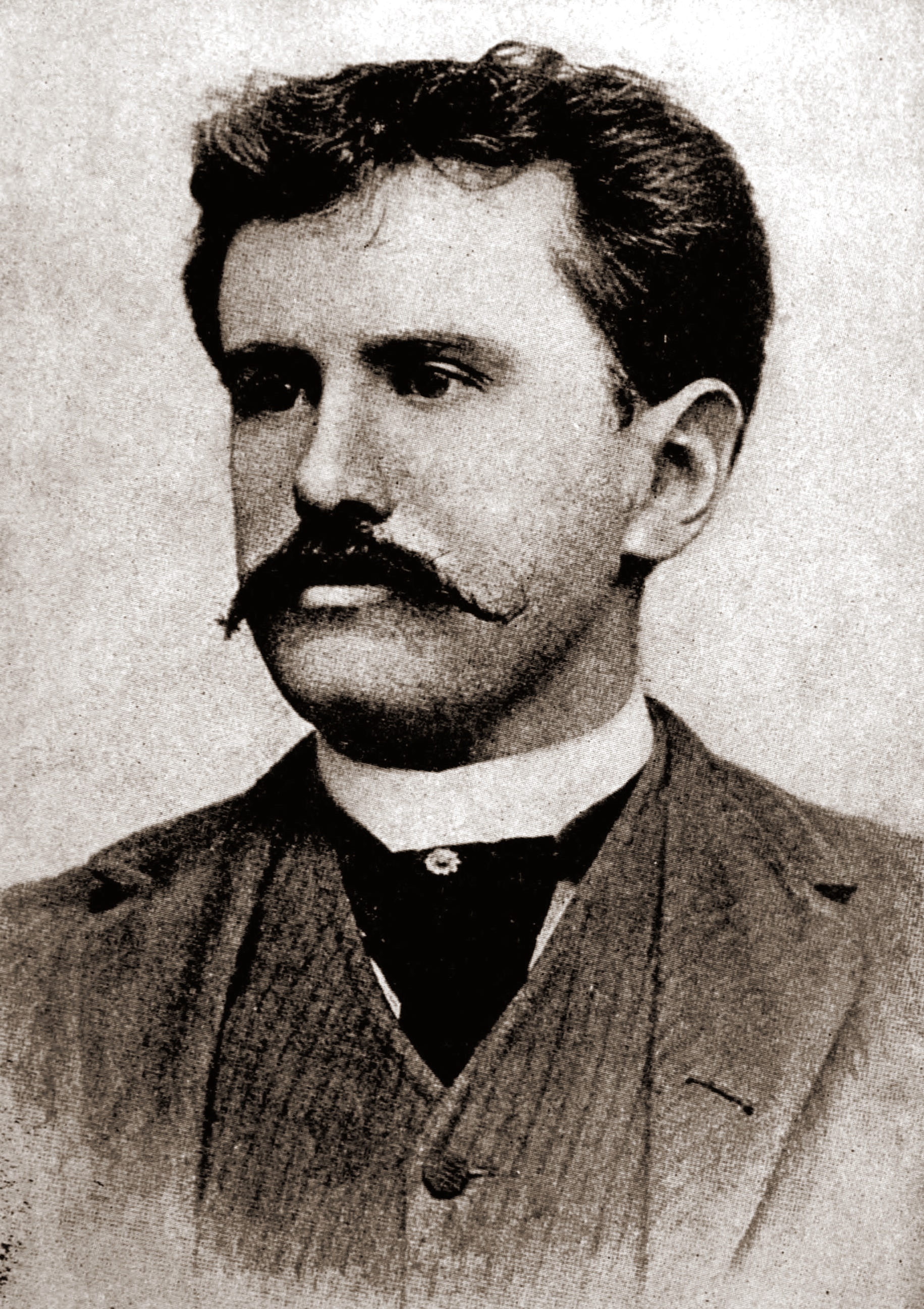

![lalaurie_2a[1]](https://michaelthomasbarry.com/wp-content/uploads//2015/04/lalaurie_2a1.gif)

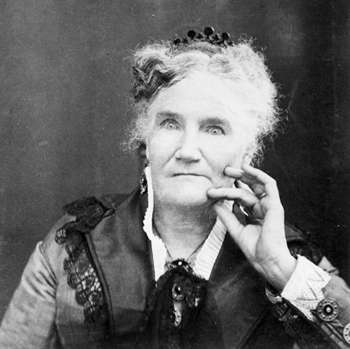
![BLACK%20BEAUTY[1]](https://michaelthomasbarry.com/wp-content/uploads//2015/03/BLACK-BEAUTY1.jpg)
